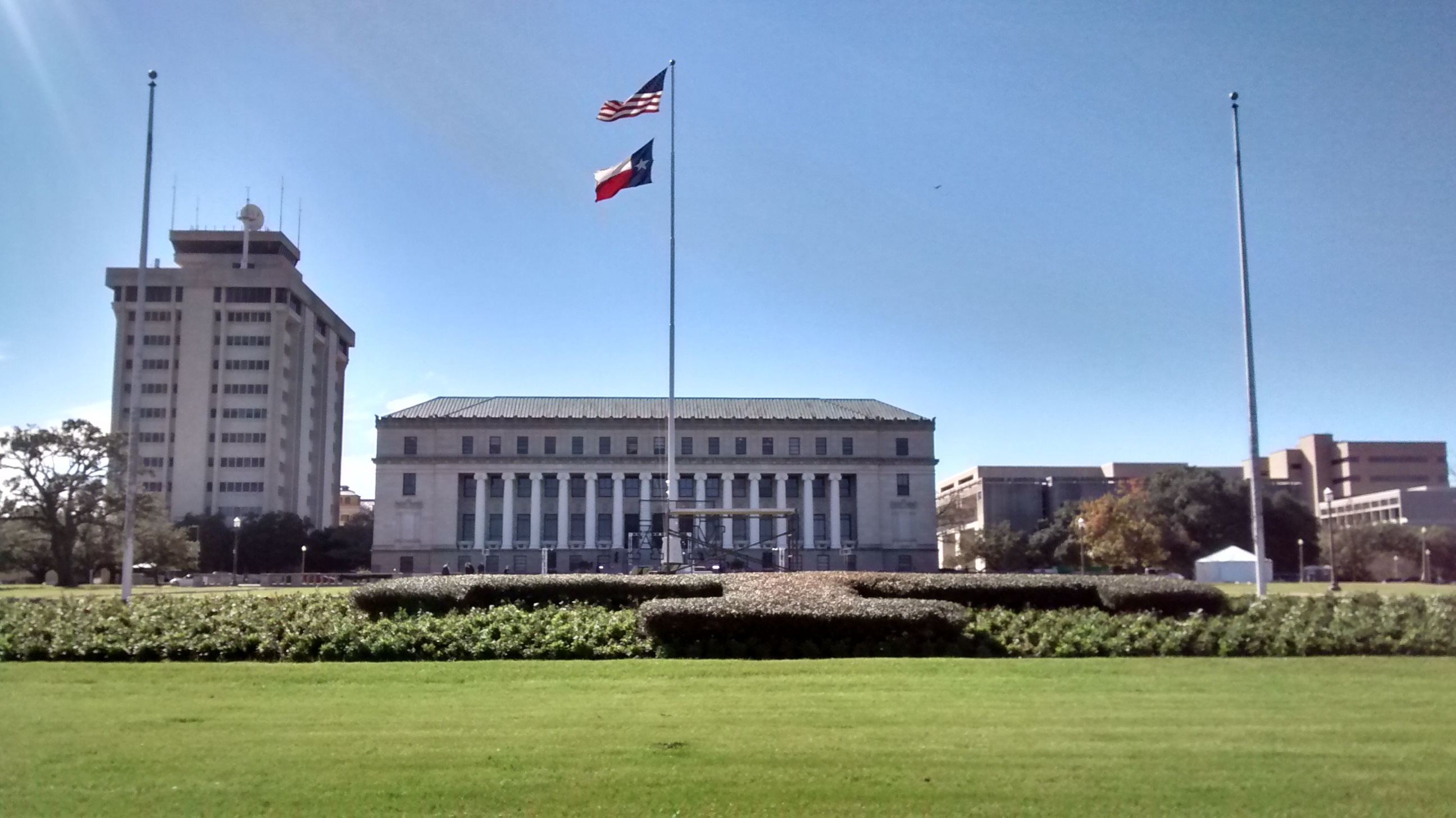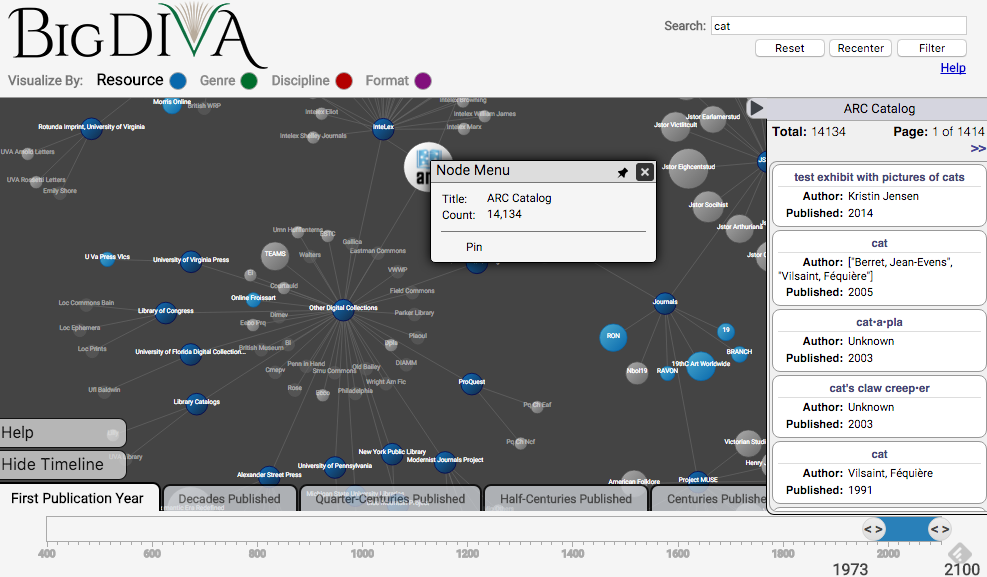I am now back from my Texan adventures in humanities computing at Texas A&M, but I still wish to mention some of the later projects to which I was introduced during my stay.
One of the major difference between DH at Texas A&M and the UoA is that researchers at the former institution focus on an older corpus of texts that is both difficult to access and challenging to digitize on a large scale. While we work with tweets and other born-digital documents, they work with books from the 18th century. The difficulty resides in the fact that, even when digitized, they remain difficult to transform into machine-readable format due to various problems such as the absence of standards for typeset and various noise that ink can produce when read by a machine. The EBBO and ECCO corpora are fraught with these problems.
Considering these problems, the Initiative for Digital Humanities, Media & Culture worked on making these texts more reachable for the broader academic community with the 18th Connect portal. This search engine is linked to different other online collections and repositories and allows to look through libraries and collections for specific texts published in the 18th century.
Feeling like contributing? The 18th Connect portal also hosts TypeWright, an online tool that allows the public to improve the OCR results of certain digitized texts by typing lines of texts directly from the scanned document, thus improving the quality of the digitized text. Just create an account and start typing!
Last but not least, I wish to spread the knowledge about the online class Programming for Humanists at TAMU that is being offered since 2014. The program allows for different registration options (including an official certificate or not) and covers a lot of important topics for DH students. This is a neat online program for students interested in the fundamentals of digital humanities, but do not have access to a DH introduction class at their home institutions. Take a look if that is your case!




